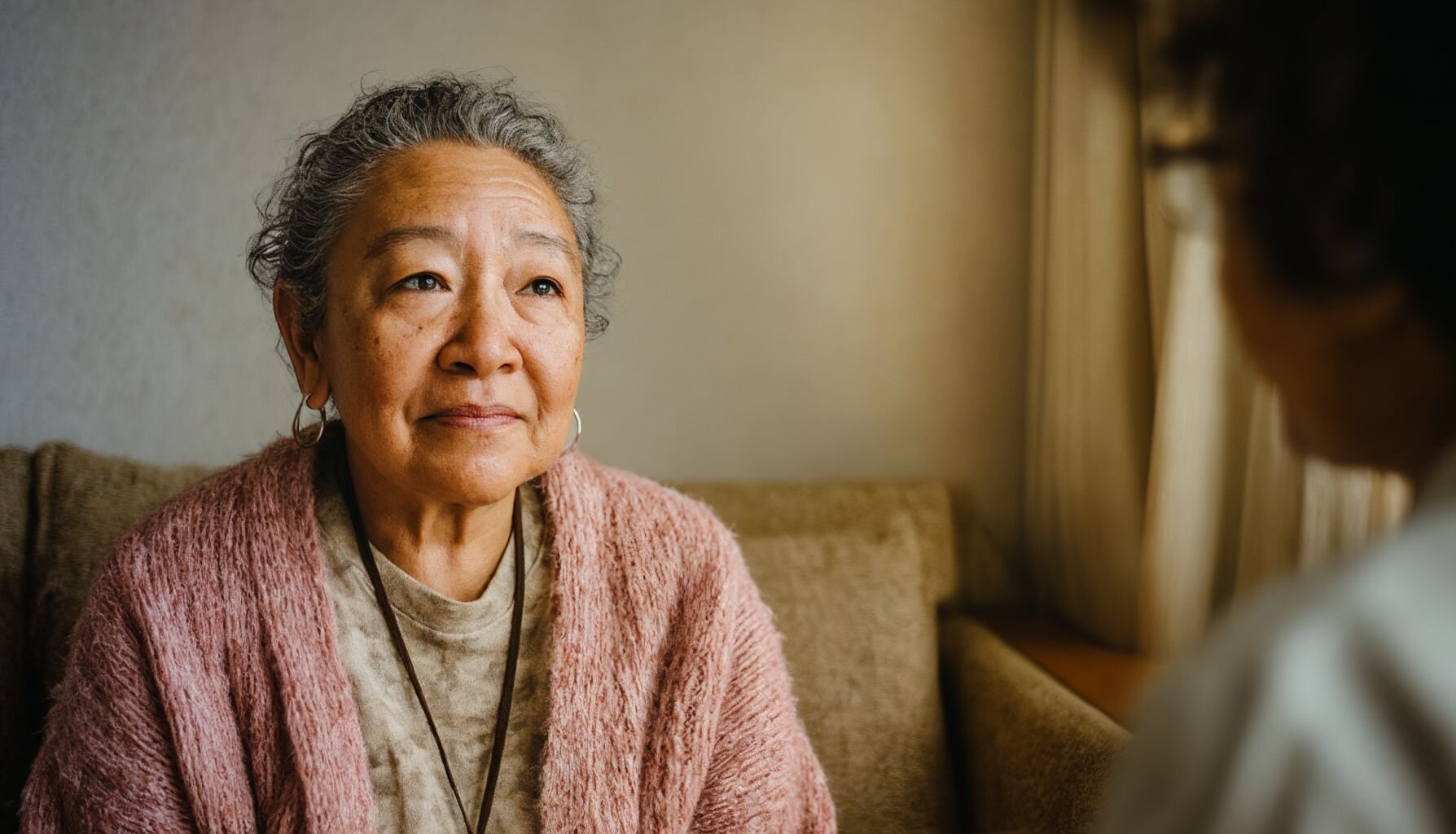How to use measurement-based care to strengthen therapeutic alliances

Published August 12, 2021

Join stroke rehabilitation experts Sierra Corbin, MS Ed, CCC-SLP, Cassandra Kandah, PhD, and Tiffany Christine, MOTR/L as they discuss ways different practitioners can best support stroke patients during their recovery.
Moderated by Michael Jankowski, OT, this expert panel covers topics ranging from working with stroke patients during COVID to best treatment methods. This panel of experts also look at how practitioners from different backgrounds can successfully collaborate to further improve recovery after a stroke.
If you’ve ever been interested in working with patients who are recovering from strokes, this webinar provides insight on what to expect, how to get started, and advice on best practices. So no matter where you are in your practice, it’s never too late to start learning and get involved with stroke recovery.
Proudly made in Santa Monica, CA © 2025 SimplePractice, LLC
Proudly made in Santa Monica, CA © 2025
SimplePractice, LLC